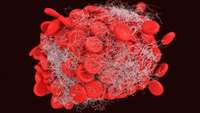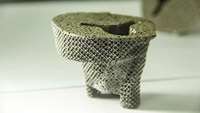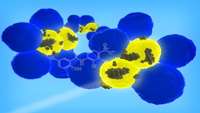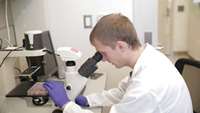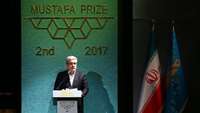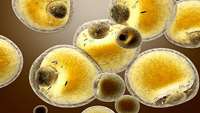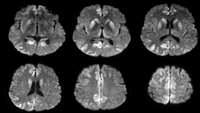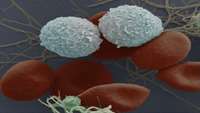Gene therapy stops bleeding episodes in hemophilia trial
Researchers have scored their first clear success in using gene therapy to treat hemophilia, an inherited blood disorder.
World-first: 3D printed tantalum knee joint implanted in a Chinese patient
A Chinese patient recently received a knee-revision surgery with the implantation of the first 3D printed tantalum knee joint in the world.
Interview with Dr. Hamideh Morravej, a researcher in dermatology and stem cell sciences
According to the Public Relations and International Affairs of the council for stem cell sciences and technologies, Dr. Hamideh Morravej, a researcher in dermatology and stem cell sciences participated in an interview.
Drug-delivering nanoparticles seek and destroy elusive cancer stem cells
University of Illinois researchers are sending tiny drug-laden nanoparticles on a mission to seek and destroy cancer stem cells, the elusive and rare cells that can cause cancer to come back even when years have passed since the initial tumor was treated.
All-in-one repair kit makes CRISPR gene editing more precise
For the past five years, CRISPR-Cas9 technology has revolutionized the field of gene editing due to its ease and low cost. But although this technology reliably finds and cuts the targeted stretch of DNA sequence, fixing that cut as desired has been something of a hit-or-miss process.
Paraplegic Rats Walk and Regain Feeling After Stem Cell Treatment
Spinal cord injuries often lead to paraplegia. Achieving substantial recovery following a complete spinal cord tear, or transection, is an as-yet unmet challenge.
Mustafa prize can build a great mansion for Humanity, Now and the future
Sorena Sattari, the chairman of Mustafa prize Policy Making Council, delivered a speech in the 2017 Mustafa Prize ceremony.
Stem cells that generate fat tissue have circadian clock
A circadian clock is embedded in the stem cells that give rise to fat and plays a decisive role in determining when the cells mature, according to a new study by researchers at the Stanford University School of Medicine.
Brain cell advance brings hope for Creutzfeldt-Jakob disease
Scientists have developed a new system to study Creutzfeldt-Jakob disease in the laboratory, paving the way for research to find treatments for the fatal brain disorder.
Research ArticleAutoimmunity PD-L1 genetic overexpression or pharmacological restoration in hematopoietic stem and progenitor cells reverses autoimmune diabetes
Immunologically based clinical trials performed thus far have failed to cure type 1 diabetes (T1D), in part because these approaches were nonspecific. Because the disease is driven by autoreactive CD4 T cells, which destroy β cells, transplantation of hematopoietic stem and progenitor cells (HSPCs) has been recently offered as a therapy for T1D


